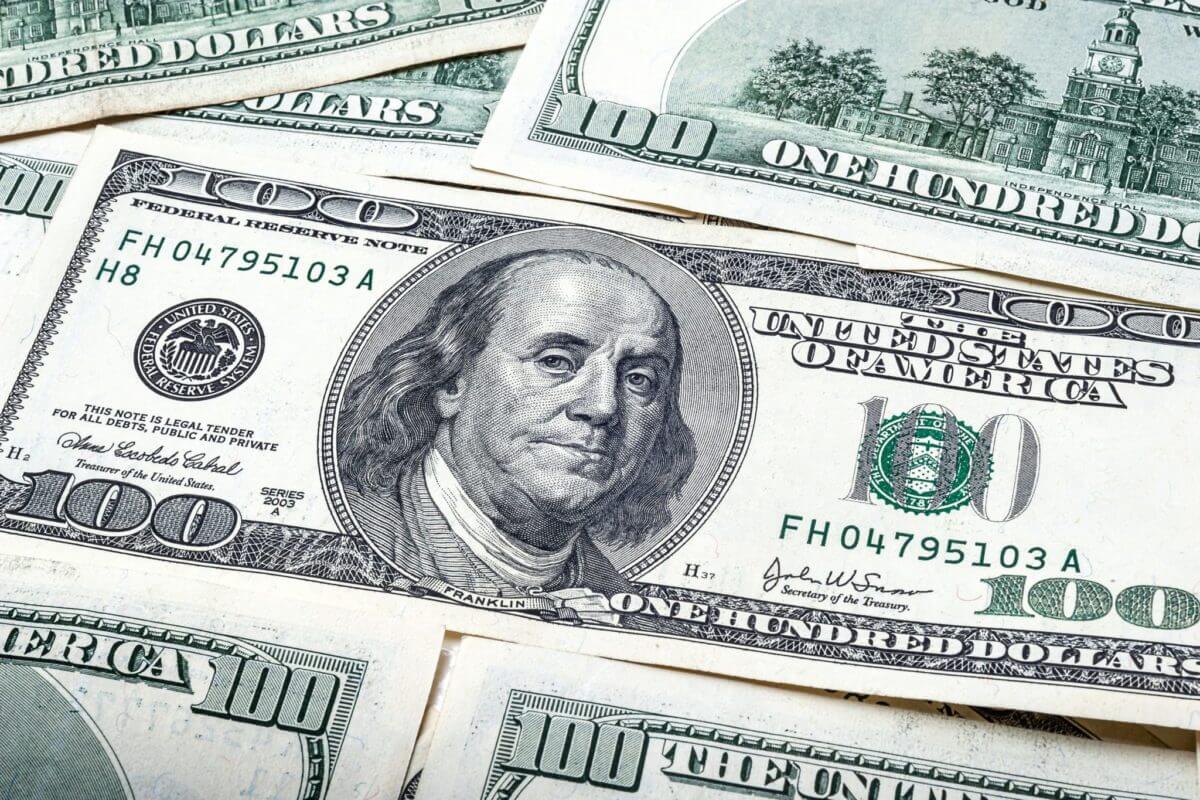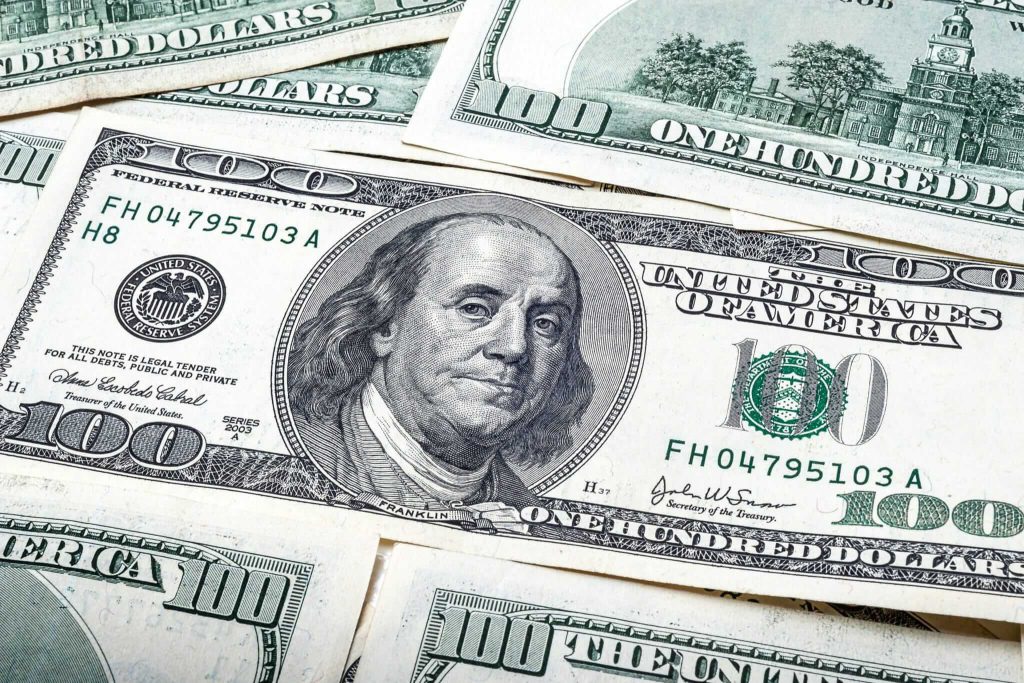
Dollar rises new 9-1/2 month high
The US dollar rose to a new nine-and-a-half-month high against major peers. That heightens fears that the Delta coronavirus variant will hamper global economic recovery just as central banks reverse pandemic-era stimulus.
While currency market movements were much more restrained than on Thursday as equity markets stabilized, risk-sensitive Australian and New Zealand dollars fell sharply.
Currency
As a COVID-19 lockdown on Sydney extended by a month, the Australian dollar fell to a new nine 1/2-month low of $0.7115, down 0.4 percent. It was on track to have its worst weekly performance since September 2020.
The New Zealand kiwi fell to a new nine-month low of $0.6808. The government extended a COVID-19 lockdown on Friday, postponing the central bank’s interest rate hike this week.
As a result of global economic concerns, the Canadian dollar fell to a new six-month low of C$1.2832.
The euro rose 0.1 percent to $1.1682 but remained close to the 9-1/2-month low of $1.16655 set overnight. This week, it is down nearly 1%, the most since mid-June.
Another safe-haven currency, the yen, fell slightly to 109.69 per dollar.
The Sterling fell to one-month lows against the dollar and the euro. Emerging markets have had a tough week as well. A regulatory crackdown in China and concerns about growth and COVID-19 have prompted investors to seek safer assets. In the offshore market, the Chinese yuan fell to a new three-week low of 6.51 per dollar before trading 0.1 percent lower at 6.505.
The dollar index
The dollar index, which compares the currency to six rivals, rose to 93.597 for the first time since early November before settling little changed at 93.535. It is on track to gain about 1% this week, the most in two months.
Trade-weighted measures of the dollar are reaching new highs for the year. According to ING currency analysts, this comes when bullish flattening in the US yield curve, typically representing a more pessimistic re-evaluation of growth prospects.
The Fed’s July meeting minutes, released on Wednesday, revealed that officials expect to reduce their monthly bond purchases later this year. According to Rodrigo Catril, a strategist at National Australia Bank, risk aversion has boosted the dollar, with pro-growth currencies bearing the brunt of it.


